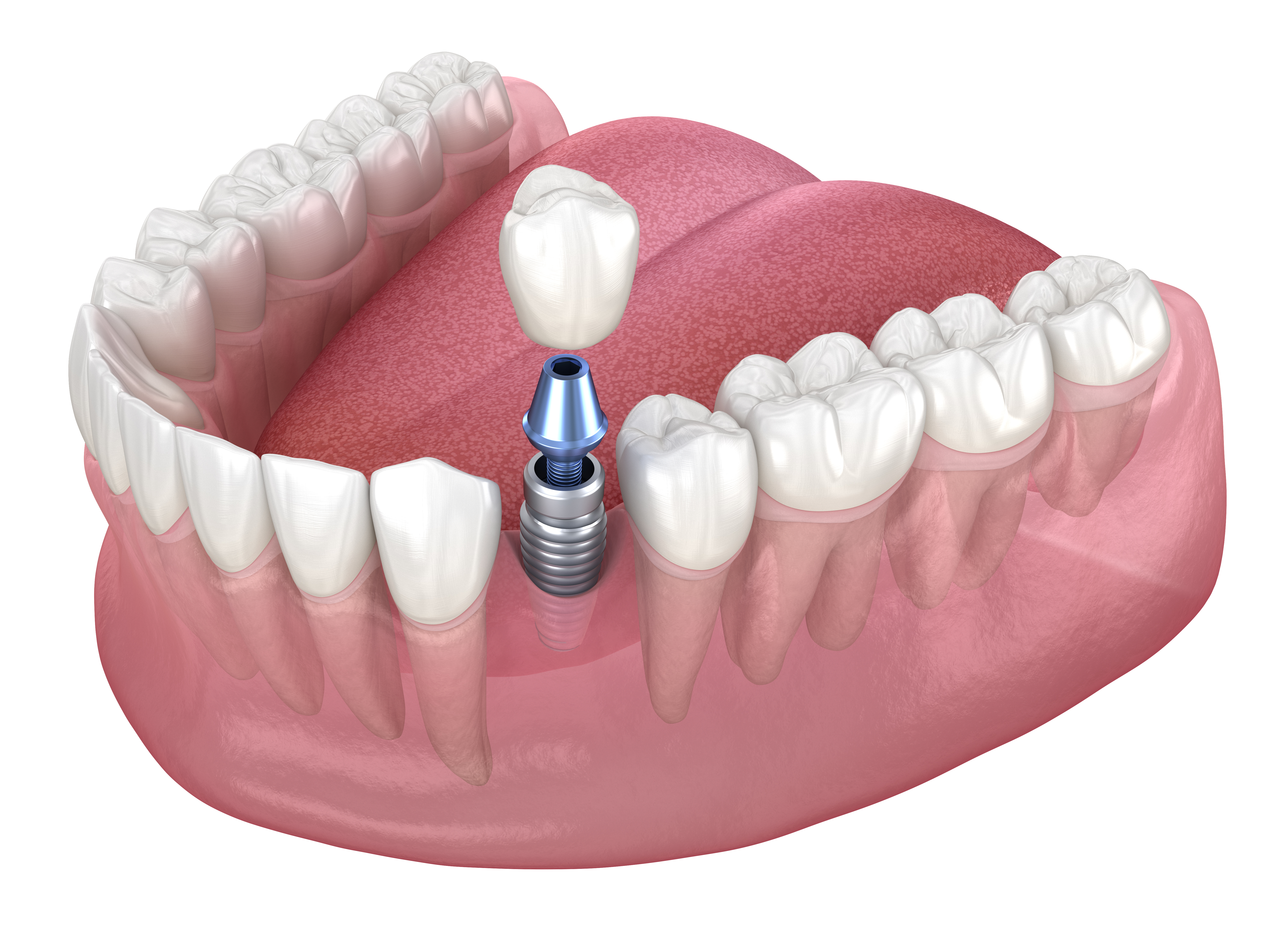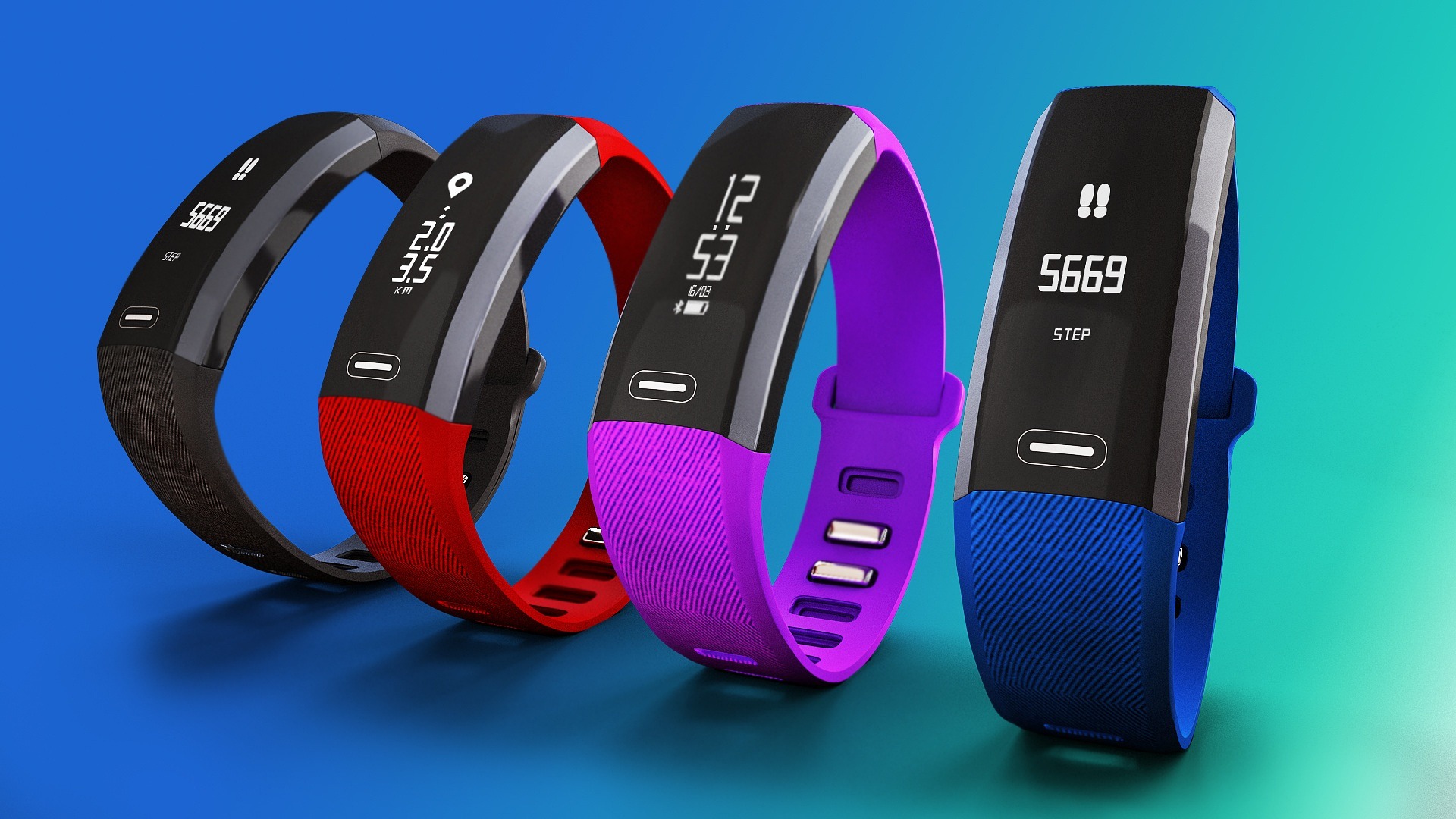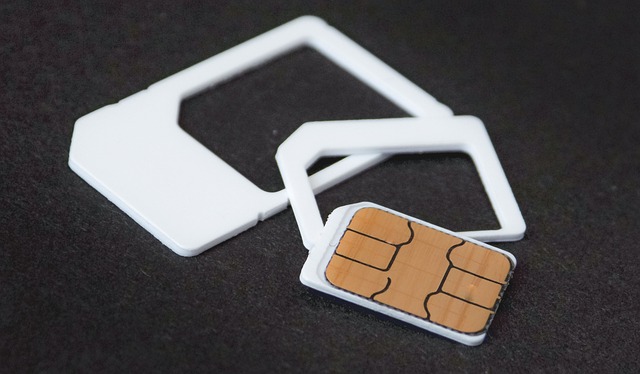Curious About Screwless Dental Implants? Here’s What You Need to Know
Dental implants have revolutionized the field of restorative dentistry, offering a permanent solution for missing teeth. Among the latest innovations in this area are screwless dental implants, which are gaining popularity for their unique design and potential benefits. This article delves into the world of screwless dental implants, exploring how they differ from traditional implants, the process of getting them, and what you can expect in terms of cost.

How do screwless implants differ from traditional implants?
Screwless dental implants, also known as press-fit or friction-fit implants, represent a departure from the conventional screw-based design. Unlike traditional implants that use a threaded screw to secure the implant into the jawbone, screwless implants rely on a tight press-fit mechanism. This design typically features a tapered or cylindrical shape that is gently tapped into a precisely prepared socket in the jawbone.
The primary difference lies in the method of fixation. Traditional implants achieve primary stability through the mechanical grip of their threads, while screwless implants rely on the precise fit and surface treatment of the implant body to promote osseointegration – the process by which bone grows around and fuses with the implant. This design can potentially reduce the risk of micro-movement during the healing phase, which is crucial for successful integration.
Another notable difference is the implant-abutment connection. Many screwless systems use a morse taper connection, which creates a very tight seal between the implant and the abutment. This can help minimize bacterial infiltration and reduce the risk of peri-implantitis, a common complication in implant dentistry.
What is the process of getting screwless dental implants?
The process of getting screwless dental implants is similar in many ways to that of traditional implants, but with some key differences:
-
Initial Consultation: The journey begins with a comprehensive dental examination, including 3D imaging to assess bone quality and quantity.
-
Treatment Planning: Your dentist will create a detailed plan, determining the optimal size and position for the implant.
-
Site Preparation: On the day of the procedure, the implant site is prepared using specialized drills to create a precise socket that matches the implant’s dimensions.
-
Implant Placement: The screwless implant is gently tapped into place using controlled force. This step is crucial and requires expertise to achieve the right fit without overcompressing the bone.
-
Healing Period: Like traditional implants, a healing period of several months is typically required for osseointegration to occur.
-
Abutment and Crown Placement: Once healing is complete, an abutment is attached to the implant, and a custom-made crown is placed on top.
The entire process usually takes several months from start to finish, with the exact timeline depending on individual healing rates and the complexity of the case.
How much do screwless dental implants cost?
The cost of screwless dental implants can vary significantly based on several factors, including the dentist’s expertise, geographical location, and the specific system used. Generally, screwless implants tend to be priced similarly to or slightly higher than traditional screw-type implants.
| Procedure | Estimated Cost Range |
|---|---|
| Single Screwless Implant | $3,000 - $6,000 |
| Traditional Screw-Type Implant | $2,500 - $5,000 |
| Full Mouth Screwless Implants | $25,000 - $50,000+ |
Prices, rates, or cost estimates mentioned in this article are based on the latest available information but may change over time. Independent research is advised before making financial decisions.
It’s important to note that these costs typically include the implant, abutment, and crown. However, additional procedures such as bone grafting or sinus lifts, if needed, can increase the overall cost.
While screwless implants may have a higher upfront cost in some cases, proponents argue that their potential benefits, such as reduced risk of complications and improved long-term outcomes, may offer better value over time. However, more long-term studies are needed to definitively prove these claims.
When considering screwless dental implants, it’s crucial to consult with an experienced implant dentist who can assess your specific needs and provide a detailed treatment plan and cost estimate. Many dental practices offer financing options to help make the treatment more accessible.
In conclusion, screwless dental implants represent an innovative approach to tooth replacement, offering potential benefits in terms of stability and long-term success. While they share many similarities with traditional implants, their unique design and placement process set them apart. As with any dental procedure, thorough research and consultation with dental professionals are essential to determine if screwless implants are the right choice for your individual needs and circumstances.
This article is for informational purposes only and should not be considered medical advice. Please consult a qualified healthcare professional for personalized guidance and treatment.




